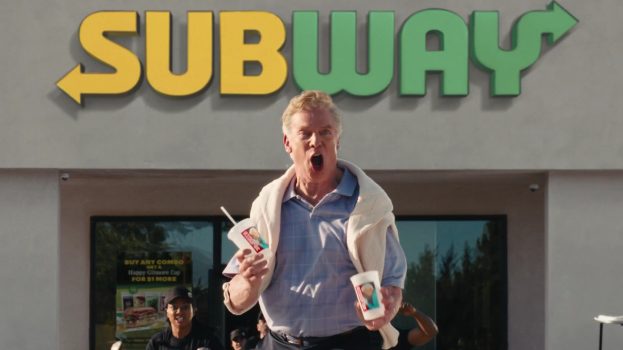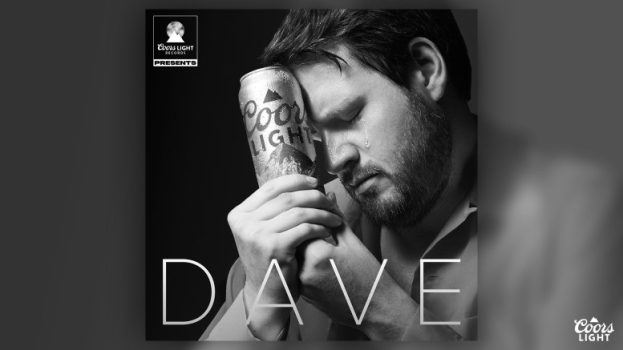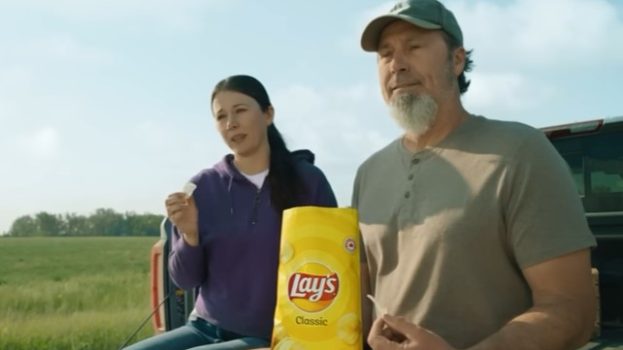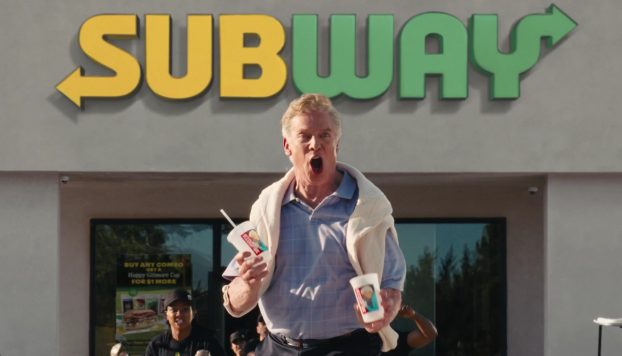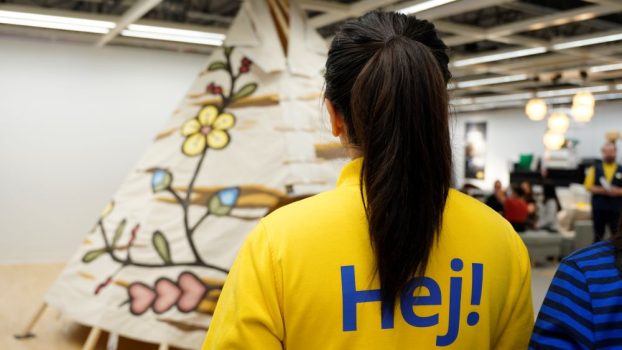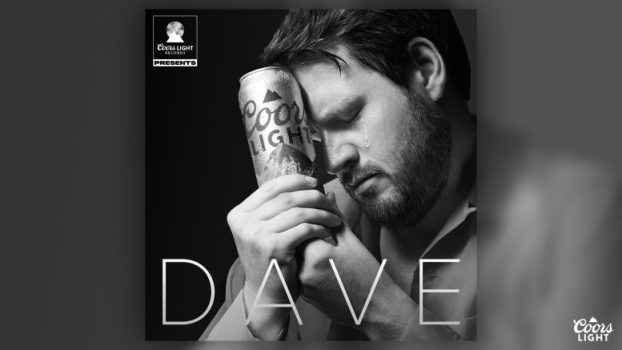
The latest campaign from World Wildlife Fund Canada (WWF-Canada) uses the urgency of traditional retail marketing to highlight the high price Canadian wildlife are paying for biodiversity loss and climate change. That urgency is especially important given that 65% to 70% of Canadians feel alarmed about climate change, according to a WWF Environics survey conducted in the lead-up to the COP15, a UN biodiversity conference last held in 2022.
The conservation charity’s latest campaign, “Save Big!” aims to spur donations and action for wildlife and nature, using imagery of “new arrivals” (such as trees or healthy animal species) as tangible examples of what Canadians are really “saving” when they support WWF-Canada, the organization says.
Mark Charles, VP of marketing at WWF-Canada, tells strategy that retail marketing tactics are “remarkably successful” in promoting awareness and conversion.
“Except what WWF-Canada is selling is the opportunity to create a better future, and what people are ‘saving’ is nature,” Charles adds. “Instead of generating a purchase, we’re using that language to engage people… in a whole suite of ways. This includes testing retail-style price points for donations and offering no-cost ways to make a difference, such as asking people to grow native plants, take part in advocacy and expand their conservation knowledge by joining us [online].”
The campaign also drives support for WWF-Canada’s 10-year strategic plan to Regenerate Canada, which was launched in 2021 to expand habitats, reduce carbon in the atmosphere, lower industrial impacts and, as a result, reverse wildlife loss and fight climate change.
“People are exhausted from hearing bad news,” Charles says, citing a Pulse Check survey from 2021 that found two-thirds of Canadians are pessimistic about reversing the path th environment is on. “Headlines about climate change and the loss of nature and wildlife can be anxiety-inducing, or worse, can lead to apathy. It’s easy to feel like we might as well give up and live with the consequences.
“The goal of ‘Save Big’ is to cut through that noise in a tongue-in-cheek way that offers hope and solutions. We didn’t want to just talk about urgency without driving urgent action,” he adds.
The donation ask includes payment tactics such as social media donation stickers, NFC-powered stickers on wild postings and a retail-style reframing of donation amounts themselves (e.g., $4.99, $9.99 and $19.99).
“‘Save Big’ is particularly interested in speaking to millennials and Gen Z,” Charles says. “While they may not be as capable of making large donations, ‘Save Big’ offers low-cost and no-cost ways for this audience to get involved and be part of the Regenerate Canada movement.”
The launch films include a mix of stock imagery and generative AI. The campaign’s new landing page, social, digital and OOH adverts are now live nationwide throughout Canada.
WWF-Canada is using digital tactics to attract the 18-48 demographic who are frequent online shoppers, the organization says. It is reaching them with contextually relevant ads on retail apps and websites such as Amazon, Walmart, eBay, Kijiji and Flipp. Outdoor advertising is placed in transportation and retail hubs with high foot traffic, such as Union station and the PATH network in Toronto, to attract young retail-focused consumers.
MRM Canada was WWF-Canada’s agency partner and Initiative led the media for the campaign.

